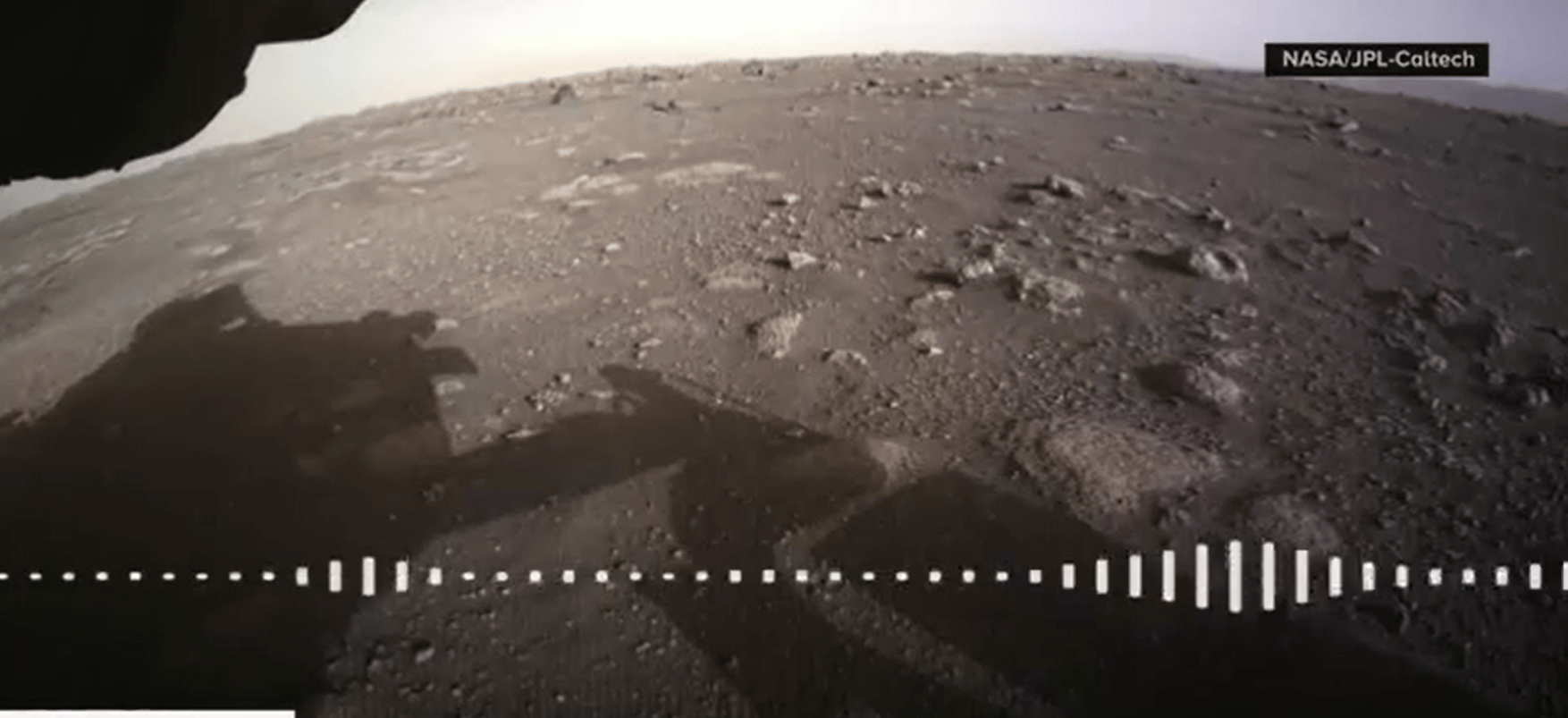It’s official. Powerful audio and video moments can come from literally anywhere. We now know what a strong breeze sounds like on Mars. MARS.

For the first time, we are able to see the moment a rover touches down on another planet. Not only could we actually view the landing of the Perseverance, getting to also hear the sounds at Jezero Crater brings the environment on the red planet to life.
As if we weren’t already creating enough video content here at home, now we’ve got it coming from other parts of the universe. (Which is incredibly cool and makes our nerd hearts smile). It begs the question - if we can see and hear Mars - what might we be missing? If we can get video footage of nearly anything, won’t we expect to see everything? Is there any boundary to the potential of visual (or audio) proof?
Endless Possibilities
Video hasn’t yet hit its peak - and likely won’t for some time. Yes, consumers are spending 86% more time consuming digital video than they did just five years ago. However, in many digital channels we still see large year over year increases in video consumption. Twitter is still experiencing gains in video use and watch time among its users, with no signs of slowing down.
With the growth of video-driven platforms such as TikTok, and the ability for anyone to capture a newsworthy event on their cell phone, we’ve only scratched the surface of building a collective video library of epic proportions.
As video sources and consumption grow, two significant challenges emerge for digital content creators:
Let’s quickly explore both and a few things to think about in addressing each one head on.
Find Video Gold by Reducing Your Search Area
Broad-based search engines give us access to the whole world. A few keywords can lead to discovering new worlds, new foods, new products, new people and more. It can actually be a bit mind boggling. It's why a quarter of users click the first Google search result and few venture beyond the first page.
But if you really think about it, you probably have a handful of go-to sources. Those that you trust and continually go back to. Most people do, whether they are content creators, social media managers, or video journalists.
So as you think about ways to minimize the growing noise to find key moments or clips, look for tools and solutions that allow you to create your own curated search engine. Start building a library of video moments from your most-used sources, the ones you can count on to drive engagement. That way, when you need to find video content quickly, the universe you're searching in is drastically smaller.
Clips, But Make It Contextual
The rules for video in social media channels vary. For advertisers, a viewer's attention span is exceptionally short. The average watch time per video ad on Facebook is currently around 10 seconds. And some marketers have found the greatest success with YouTube pre-roll ads that are no longer than eight seconds.
For news, educational, and entertainment-based video content, the story is a bit different.
Digital journalists have plenty of room to use longer, more context-driven video to build trust in news content found in social media channels. According to the Pew Research Center, while half of Americans get news on social media sites at least sometimes, 60% of them expect the news they see in these channels to be inaccurate. Only three in 10 say it helps them understand current events. Using video as the basis for crafting well-rounded narratives can go a long way in closing these gaps.
Longer-form, more detailed, context-rich videos can also have a positive monetary impact. BuzzFeed has reportedly increased its Facebook Watch revenue by approximately 20% through production of more videos that are more than three minutes in length. When there is a real story to tell, and it is told well in a way that promotes understanding, viewers will engage.
Maybe a massive influx of video from outside the boundaries of Earth isn't imminent - yet. But now is the time for digital content creators to develop methodologies for quickly seeing through the noise to get to the video moments that deliver context, build great stories, and are truly out of this world.
